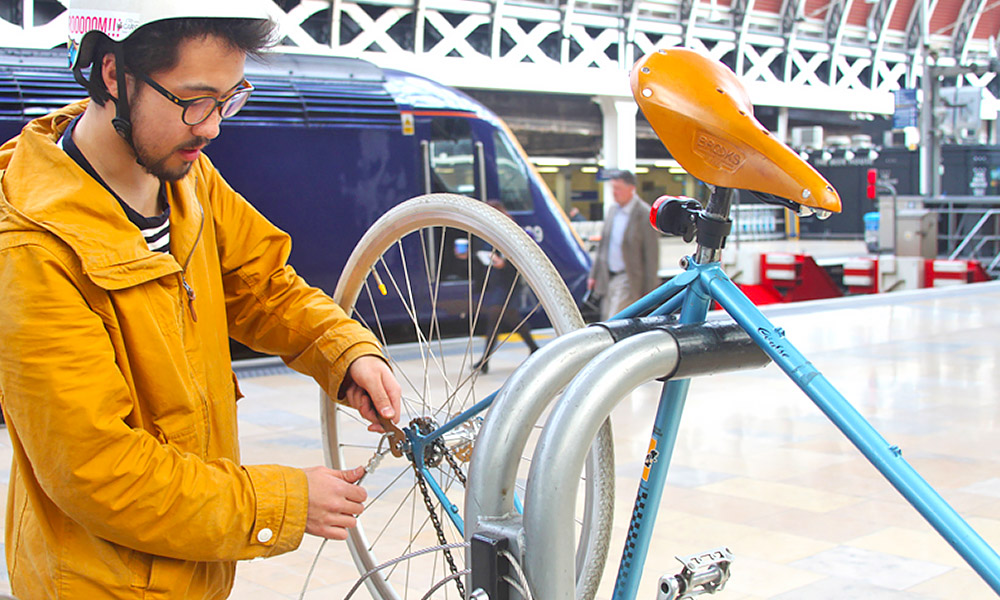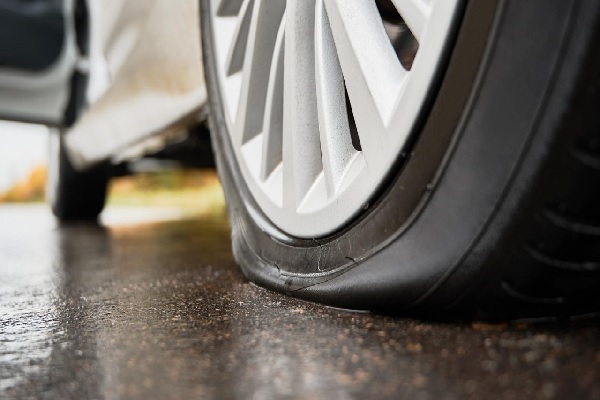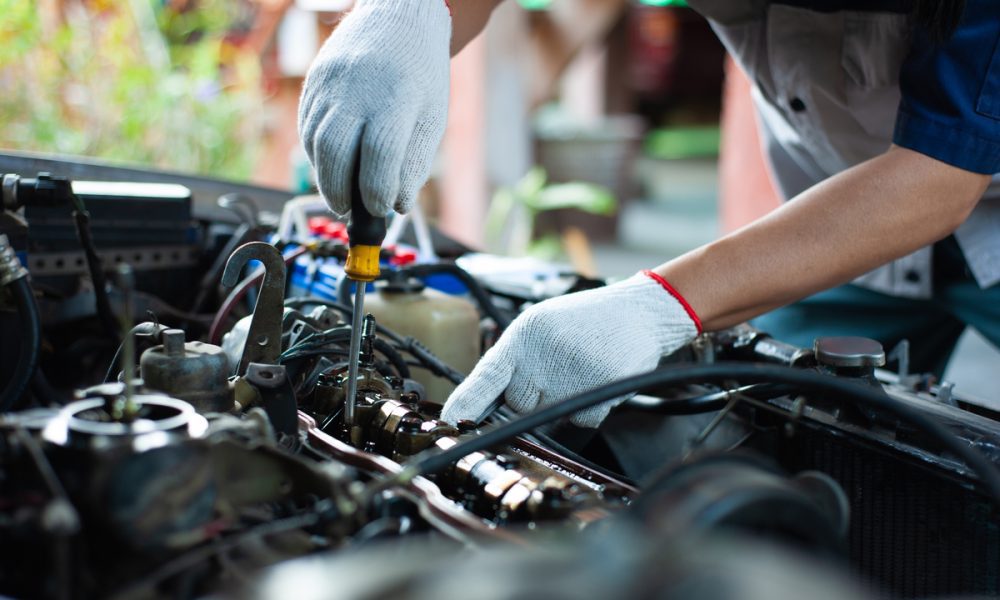In today’s fast-paced world, vehicle emergencies don’t always occur during convenient business hours. That’s where 24-hour mobile tyre replacement services come in, offering drivers peace of mind and assistance any time of day or night. This comprehensive guide will explore what 24-hour mobile tyre replacement entails, how it works, its benefits, and why choosing a professional service is crucial.
What is 24 Hour Mobile Tyre Replacement?
24-hour mobile tyre replacement is a specialized service that provides on-the-spot tyre changes for vehicles at any time of day or night. This service brings professional tyre technicians directly to the location of a stranded vehicle, whether it’s on the side of a busy highway, in a remote area, or in the comfort of one’s driveway.
Key features of 24-hour mobile tyre replacement services include:
- Round-the-clock availability
- Rapid response times
- On-site tyre replacement
- Wide coverage areas
- Diverse tyre inventory to suit various vehicle types
These services are designed to address emergency situations where a tyre cannot be repaired and must be replaced immediately for the vehicle to be safely driven.
How Does 24 Hour Mobile Tyre Replacement Work?
The process of 24-hour mobile tyre replacement typically follows these steps:
- Emergency Call: The driver contacts the service provider, describing the issue and providing their exact location.
- Assessment: The service representative gathers information about the vehicle type and tyre specifications.
- Dispatch: A technician is immediately dispatched with appropriate equipment and a suitable replacement tyre.
- Arrival: The technician arrives at the specified location, often within an hour or less, depending on the area.
- Inspection: The damaged tyre is inspected to confirm that replacement is necessary.
- Replacement Process:
– The vehicle is secured and jacked up
– The damaged tyre is removed
– The new tyre is fitted and properly inflated
– The wheel is balanced if necessary
– The replaced tyre is securely installed on the vehicle
- Safety Check: The technician ensures all lug nuts are properly tightened and the tyre is safe for use.
- Payment and Documentation: The service is paid for, and any necessary documentation is provided.
- Follow-up Advice: The technician offers advice on tyre care and when to have the new tyre re-checked.
Modern 24-hour mobile tyre replacement services often utilize GPS technology for accurate location tracking and efficient dispatching, ensuring the fastest possible response times.
Benefits of 24 Hour Mobile Tyre Replacement Services
- Convenience: Service comes to you, eliminating the need to drive on a damaged tyre or arrange for towing.
- Safety: Prevents the dangers associated with changing a tyre on the roadside or driving on a damaged tyre.
- Time-Saving: Quicker than waiting for a tow truck and then visiting a tyre shop during business hours.
- Cost-Effective: Often more economical than towing services plus separate tyre replacement costs.
- Peace of Mind: Knowing help is available at any hour reduces stress in emergency situations.
- Professional Service: Trained technicians ensure proper installation and safety.
- Wide Tyre Selection: Mobile services often carry a variety of tyres to suit different vehicles.
- Minimal Disruption: Ideal for busy professionals or families who can’t afford extended downtime.
- Location Flexibility: Service is provided wherever the vehicle is located, including remote areas.
- Additional Services: Many providers offer complementary services like tyre pressure checks or basic vehicle inspections.
Is Mobile Tyre Replacement Service the Same as 24 Hour Mobile Tyre Replacement?
While there are similarities, mobile tyre replacement and 24-hour mobile tyre replacement are not exactly the same:
Similarities:
– Both provide on-site tyre replacement services
– Both eliminate the need for towing in many cases
– Professional technicians perform the service
Differences:
- Availability:
– Standard mobile tyre replacement may operate only during business hours
– 24-hour services are available round-the-clock, including holidays
- Response Time:
– 24-hour services often prioritize rapid response due to the emergency nature of calls
– Standard services might schedule appointments for later in the day or week
- Pricing:
– 24-hour services may charge premium rates for after-hours calls
– Standard services typically have consistent pricing during operating hours
- Equipment:
– 24-hour services are often better equipped to handle a variety of emergency situations
– Standard services might have more limited on-hand inventory
- Scope of Service:
– 24-hour services focus primarily on emergency replacements
– Standard services might offer more comprehensive tyre services, including rotations and alignments
- Coverage Area:
– 24-hour services often cover wider areas to cater to emergencies
– Standard services might have more limited service areas
Why It’s Important to Find a Professional for 24 Hour Mobile Tyre Replacement
Opting for a professional 24-hour mobile tyre replacement service is crucial for several reasons:
- Safety: Professionals have the proper equipment and knowledge to safely change tyres in various conditions, including dark or hazardous roadside environments.
- Expertise: Trained technicians understand the nuances of different vehicle types and tyre specifications, ensuring the right tyre is correctly installed.
- Quality Assurance: Reputable services use high-quality tyres and follow manufacturer guidelines for installation.
- Proper Tools: Professionals come equipped with specialized tools necessary for safe and efficient tyre replacement.
- Insurance and Liability: Professional services typically carry insurance, protecting you and your vehicle in case of any issues during the replacement process.
- Time Efficiency: Experienced technicians can complete the job quickly, getting you back on the road faster.
- Comprehensive Service: Professionals can offer additional checks and advice on tyre and vehicle maintenance.
- Warranty: Many professional services offer warranties on their work and the tyres they install.
- Legal Compliance: Professional services ensure replacements meet local regulations and safety standards.
- Diagnostic Capabilities: Trained technicians can identify underlying issues that may have caused the tyre failure.
- Emergency Preparedness: Professional services are equipped to handle various unexpected situations that may arise during a late-night callout.
- Customer Support: Reputable 24 hour mobile tyre replacement service companies offer follow-up support and assistance if any issues occur post-replacement.
Conclusion
24-hour mobile tyre replacement services provide an invaluable lifeline for drivers facing tyre emergencies at any hour. By bringing professional assistance directly to the stranded vehicle, these services offer convenience, safety, and peace of mind in potentially stressful situations.
While the service shares similarities with standard mobile tyre replacement, its round-the-clock availability and focus on rapid response set it apart as a crucial emergency service. The importance of choosing a professional provider cannot be overstated, as it ensures the job is done safely, correctly, and efficiently, even in challenging conditions.
For drivers, knowing a reliable 24-hour mobile tyre replacement service is just a phone call away can provide significant reassurance. Whether you’re commuting late at night, embarking on a long journey, or simply parked at home, these services ensure that tyre emergencies don’t leave you stranded or compromising your safety.
As with any automotive service, it’s wise to research and choose a reputable provider before an emergency occurs. Look for services with positive reviews, transparent pricing, rapid response times, and comprehensive coverage in your area. By doing so, you’ll be prepared for any tyre emergency, day or night, ensuring your mobility and safety on the road.
Remember, while 24hour mobile tyre replacement services offer a convenient solution in emergencies, regular tyre maintenance and inspections remain crucial in preventing unexpected failures. Combine proactive care with the knowledge that professional help is always available, and you’ll be well-equipped to handle any tyre situation that comes your way.










